How Tall Should a Hiking Staff Be?
Hiking staffs and trekking poles are a fantastic tool for any hiker. They can help you work up a rhythm, cover more ground and remain stable on rough surfaces. They're most effective when they're the correct height for you, so it's important to make sure you find the right size.
How Tall Should My Hiking Staff Be?
Standing with your arms at your side, measure the distance from your elbow to the floor. Your ideal hiking staff should be around 6 - 8 inches (15 - 20cm) higher than your elbow. If you are walking on steep terrain, a longer stick is recommended, though the beauty of a staff handle is its ability to be gripped at any point, allowing you to change the functional length for any gradient.
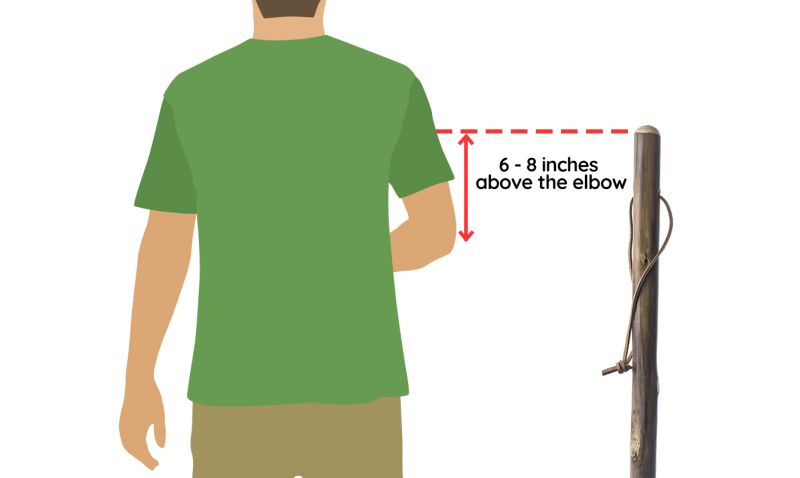
A great example of a simple yet effective hiking staff, the Scorched Chestnut Walking Staff is made from a solid piece of chestnut wood with a flame-scorched finish. The staff features an alpine ferrule which will provide a fantastic grip on nearly all types of outdoor terrain. It is approximately 137cm high.
Quick Fire Expert Tips
We consulted the experts for some industry insider tips on sizing. See what they had to say, below:
- If you're unsure, try holding a broom handle at a variety of different heights and measure accordingly
- Walking on hilly terrain may require a longer staff, so choose carefully before leaving the house
- Personal preference and comfort are key, however using the measuring guidance above is a great foundation
Hiking Staffs by Height
Once you've taken your measurement according to the guidelines above, have a look at our sticks in your height category. Click any of the height ranges below to see what we have to offer you:
- Children's Hiking Staffs 100cm and Below (39" and Below)
- Hiking Staffs from 115cm to 125cm (45" - 49")
- Hiking Staffs from 125cm to 135cm (49" - 53")
- Hiking Staffs 135cm and Over (53" and Over)
Our Hiking Staffs 100cm and Below
These are our shortest staffs and hiking sticks, recommended for children or especially small adults.
Our Hiking Staffs 115 - 125cm (45 - 49")
These are sticks of an intermediate height, suitable for average users on flat terrain.
Our Hiking Staffs 125 - 135cm (49 - 53")
These sticks are suitable for those of an average to above average height on varied terrain.
Our Hiking Staffs 135cm and Over (53" and Over)
These staffs are suitable for tall users on varied or steep terrain.
Traditional Natural Bamboo Country Walking and Hiking Staff with Wrist Strap
How Long Should My Trekking Pole Be?
The more technical sibling to the hiking staff, trekking poles enhance stability, establish a walking rhythm and reduce the pressure on your knees. Stand up straight with your arms by your side and bend your elbow so that your arm is at a 90° angle to your body. The ideal trekking pole should measure from the underside of your forearm to the ground.
Below is a rough guide:
| Height | Suggested Pole Length |
| Under 5' 1" | 100cm (39") |
| 5' 1" - 5' 7" | 110cm (43") |
| 5' 8" - 5' 11" | 120cm (47") |
| 6' and above | 130cm (51") |
What Size Trekking Pole Should I Get?
Much like our advice for hiking staffs, a longer trekking pole can be advantageous for rough terrain, allowing you to deal with ups, downs and sudden changes. As most trekking poles are adjustable, you'll be able to customise the height for every walk.
Height Adjustable Green Trekking Pole
One of our most popular trekking poles, the Height Adjustable Green Trekking Pole can be adjusted easily between 80cm high to 156cm to suit most heights and terrain. It is possible to use one pole, but many hikers find that using two helps to reduce strain on knee and ankle joints, especially when carrying rucksacks.
Some of Our Favourite Trekking Poles
Here we've selected some of our favourite trekking poles to give you an idea of the options available.
What About Other Walking Stick Heights?
If you need to know the height of a more conventional walking stick, height read our guide to choosing your walking stick height. If you want to see some more similar sticks on top of what's been suggested here, feel free to have a look at the following sections:
Have any questions, or something to add? You can leave us your thoughts in the comments section below, or get in touch via Twitter or Facebook.

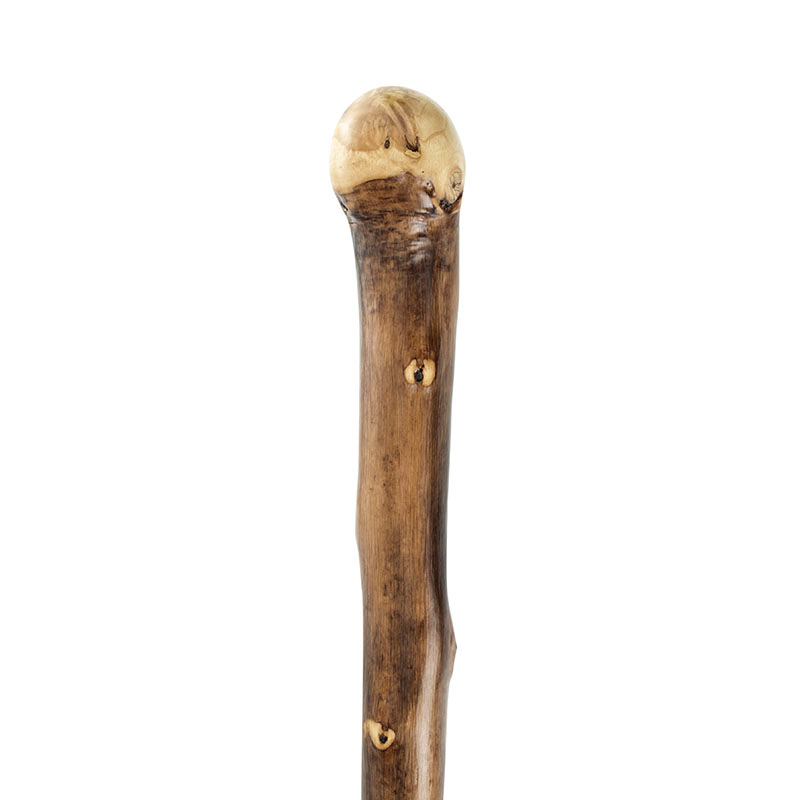
.jpg)
.jpg)
.jpg)
.jpg)
.jpg)
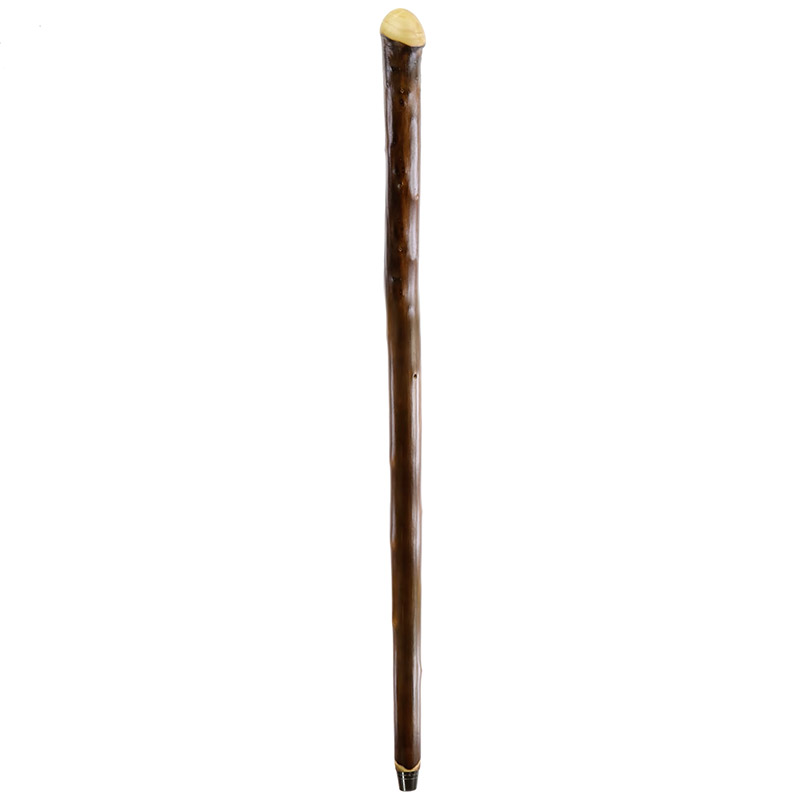
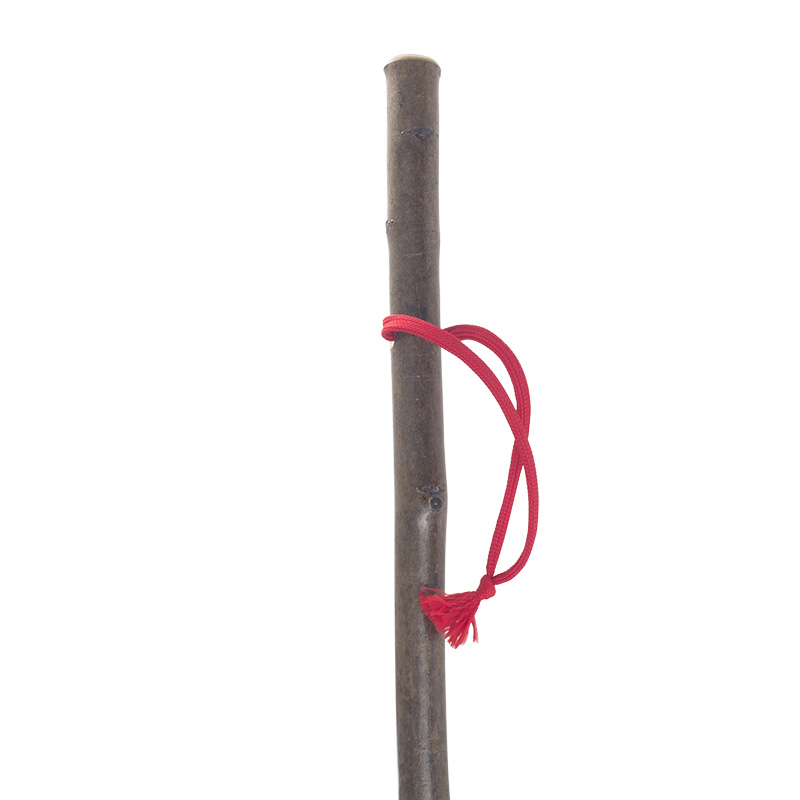
.jpg)
.jpg)
.jpg)
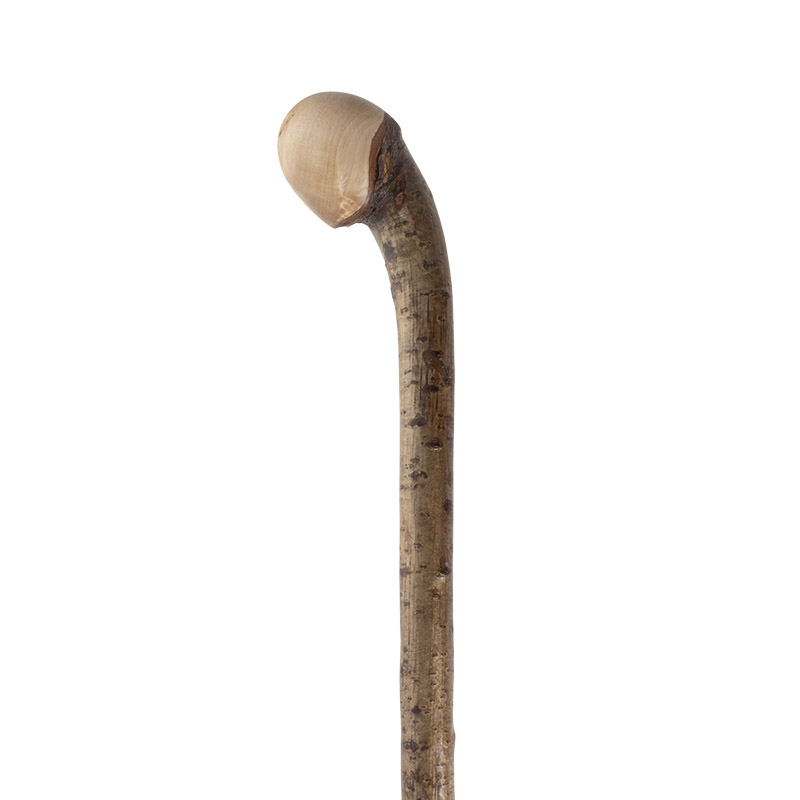
.jpg)
.jpg)
.jpg)
.jpg)
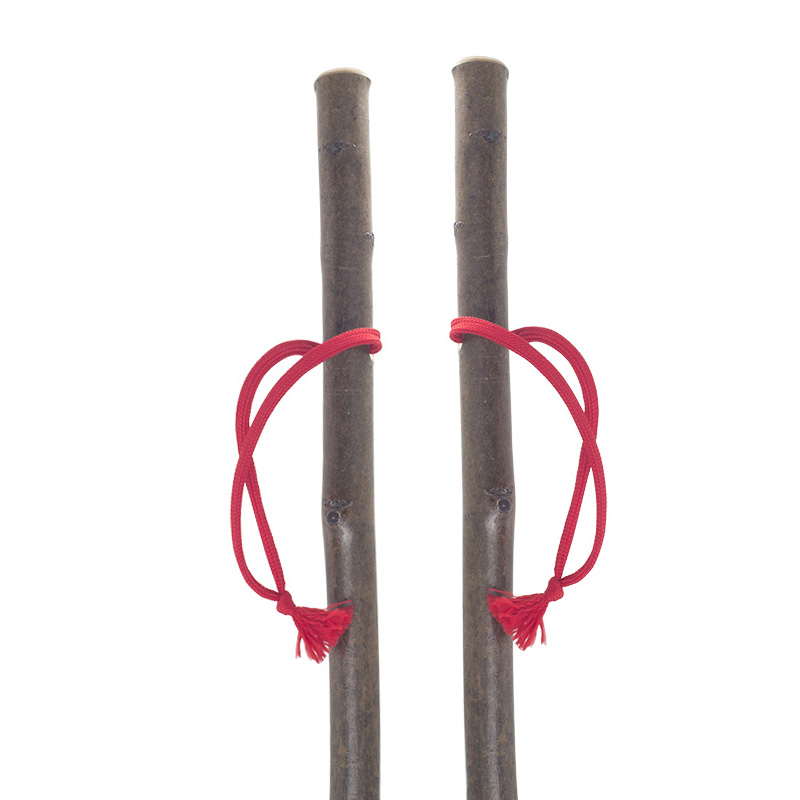
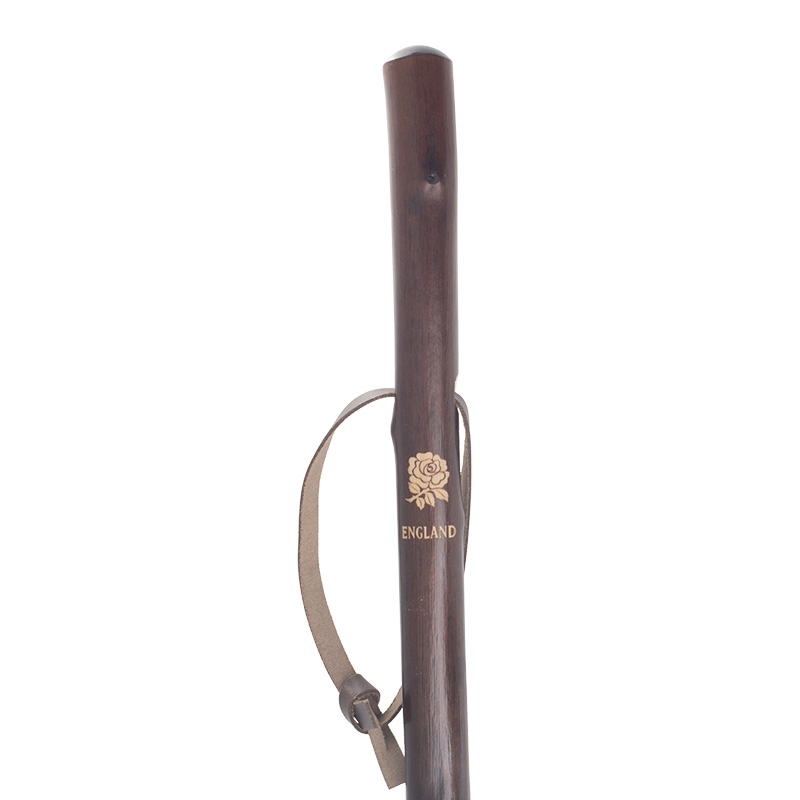
.jpg)
.jpg)
.jpg)
.jpg)
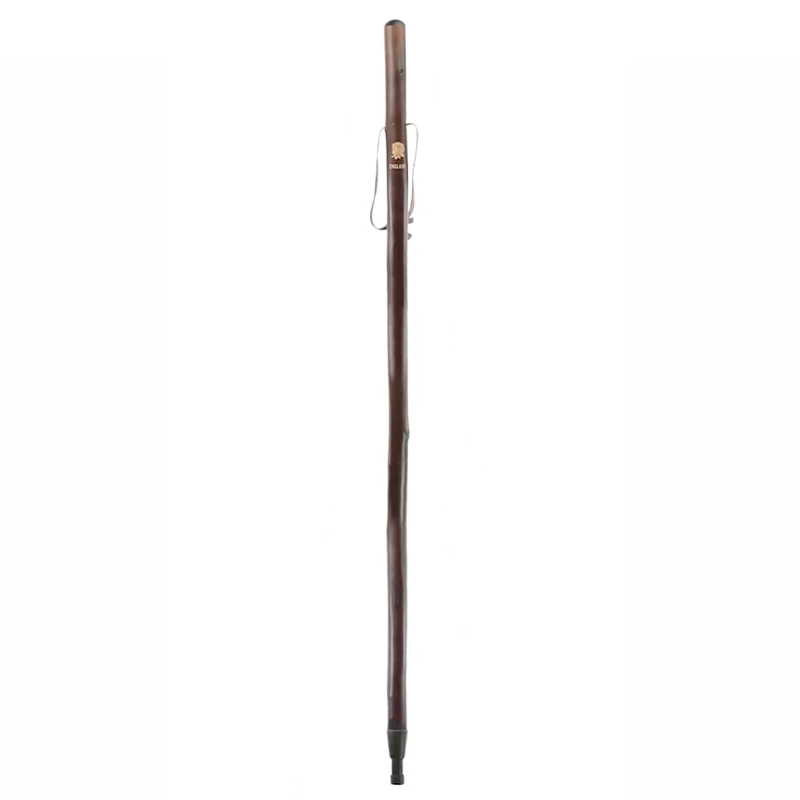
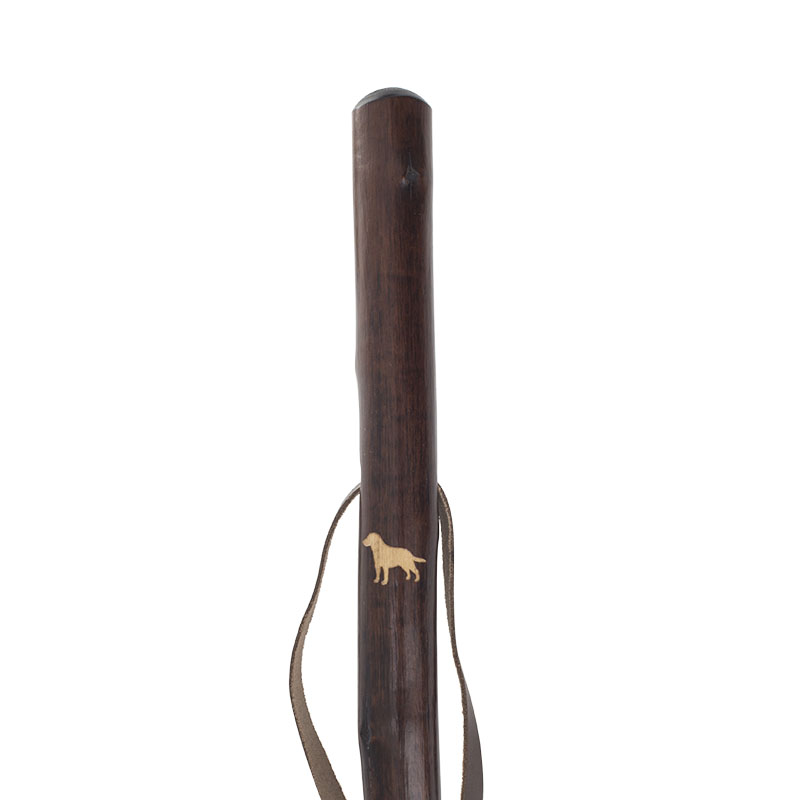
.jpg)
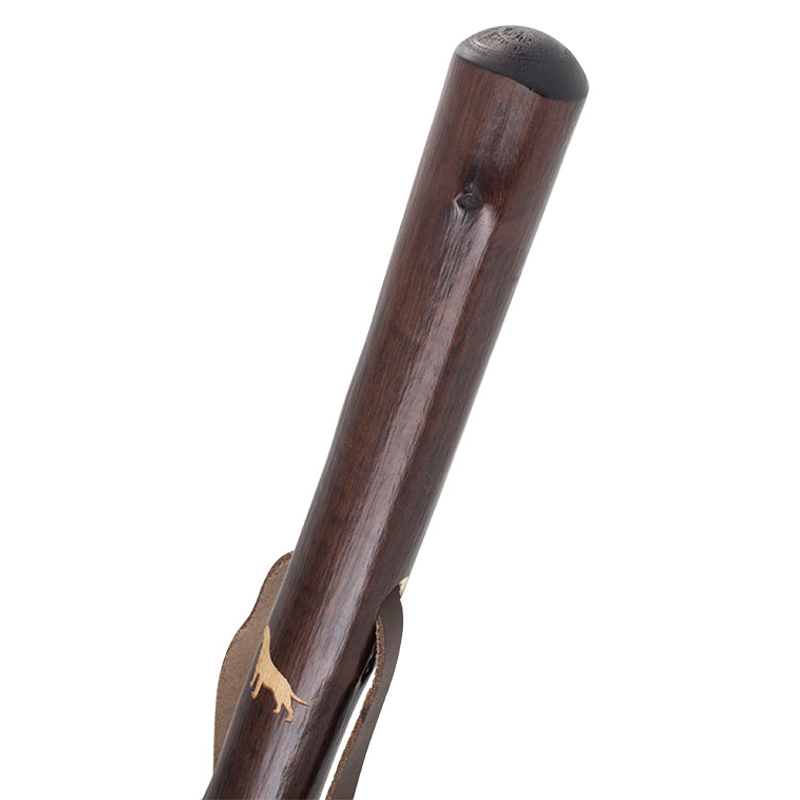
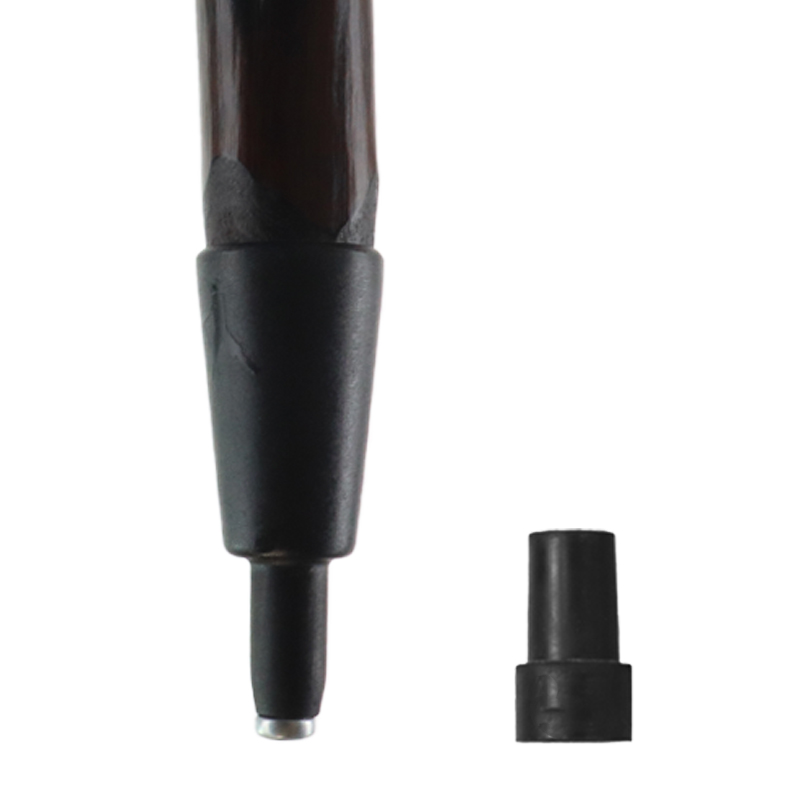
.jpg)
.jpg)
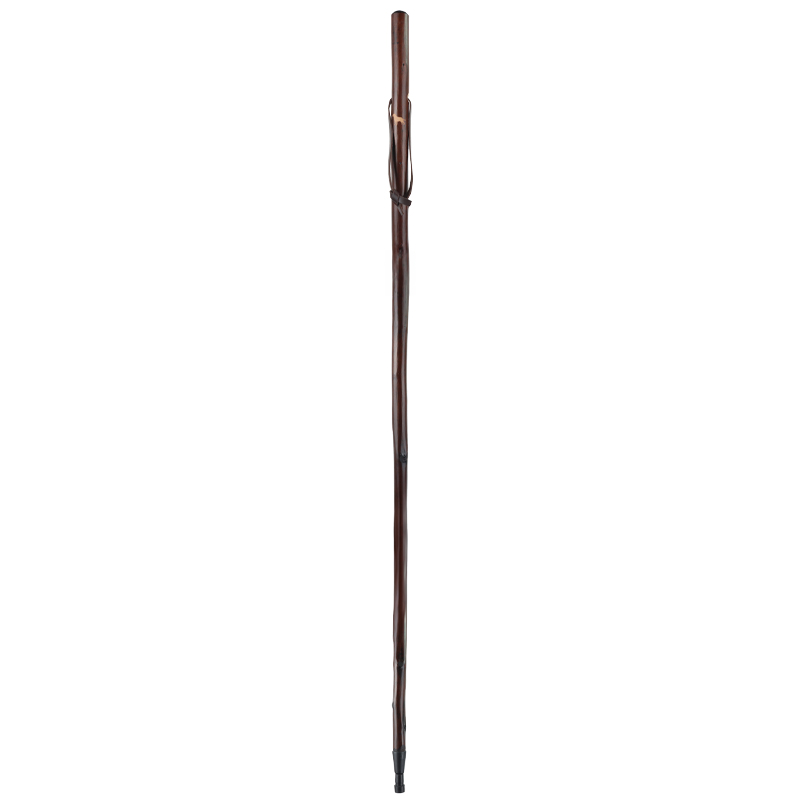
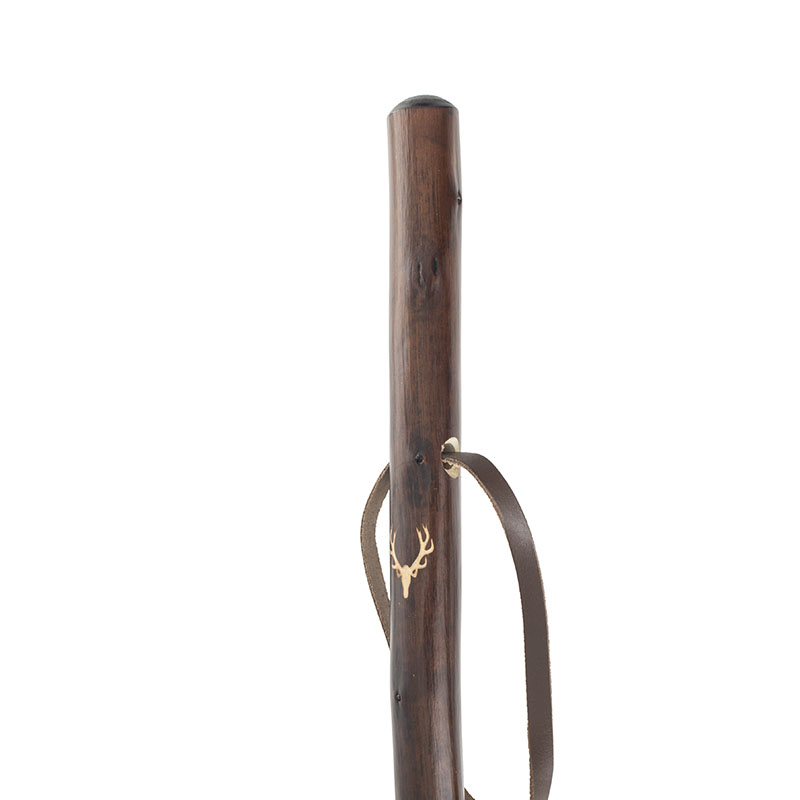
.jpg)
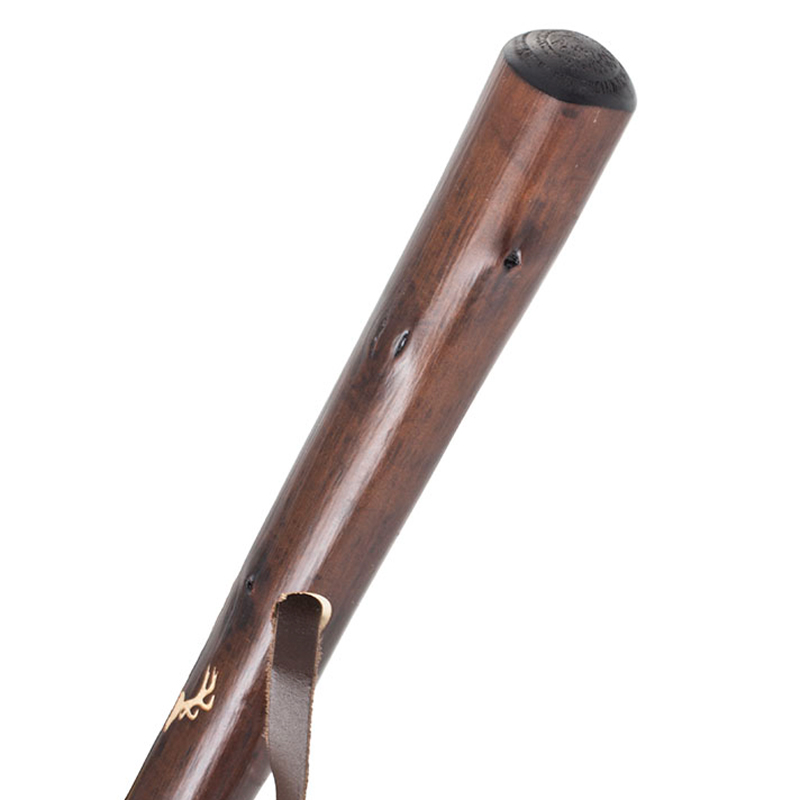
.jpg)
.jpg)
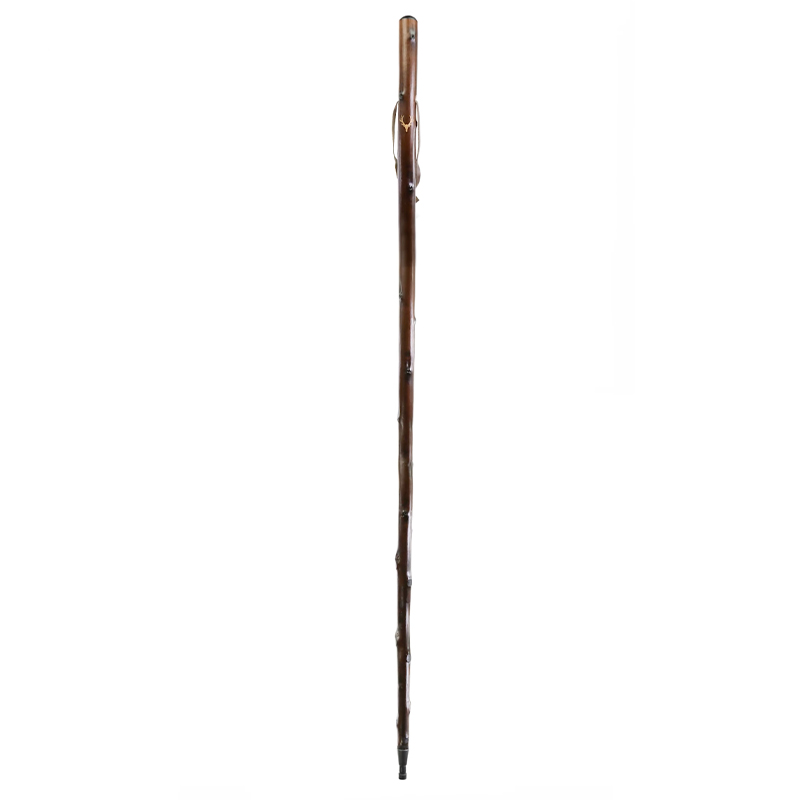
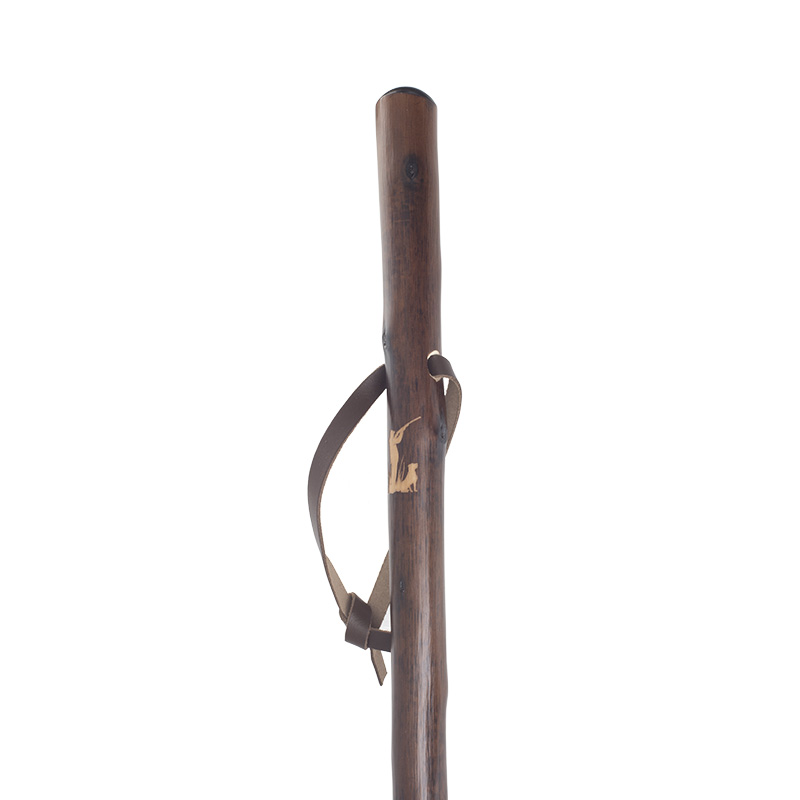
.jpg)
.jpg)
.jpg)
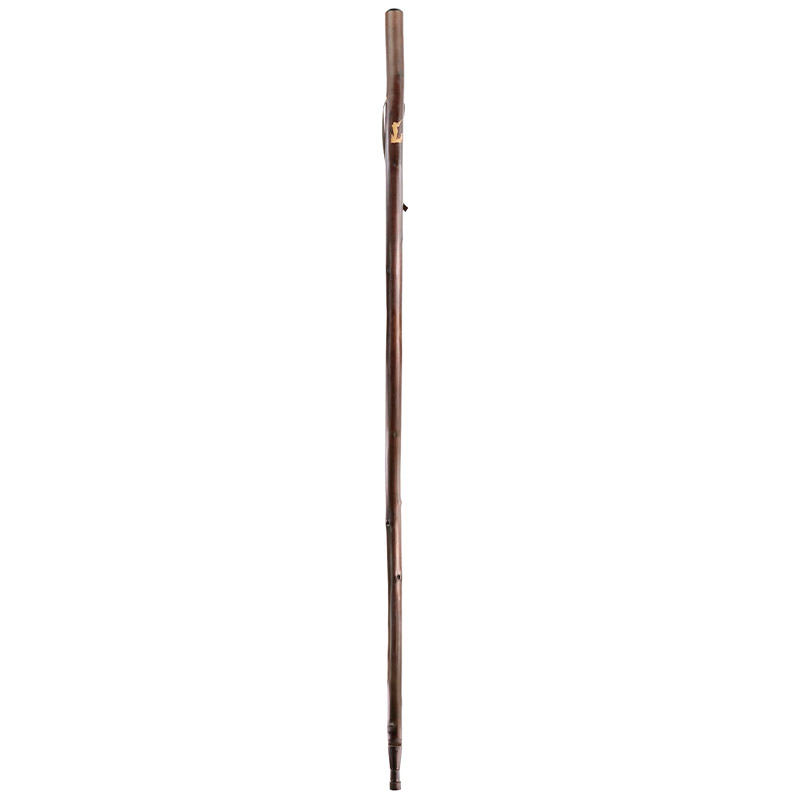
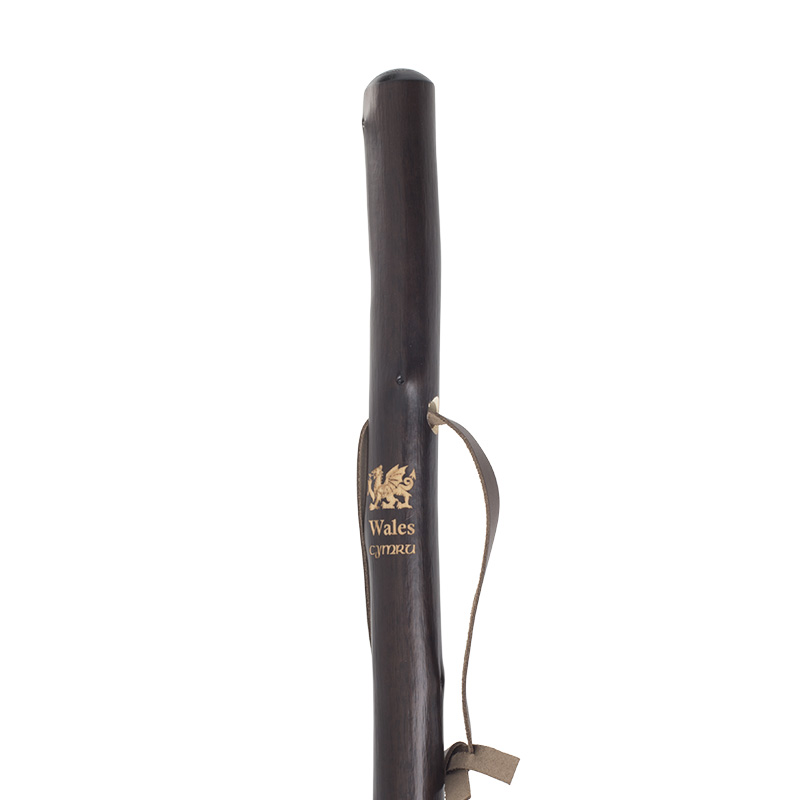
.jpg)
.jpg)
.jpg)
.jpg)
.jpg)
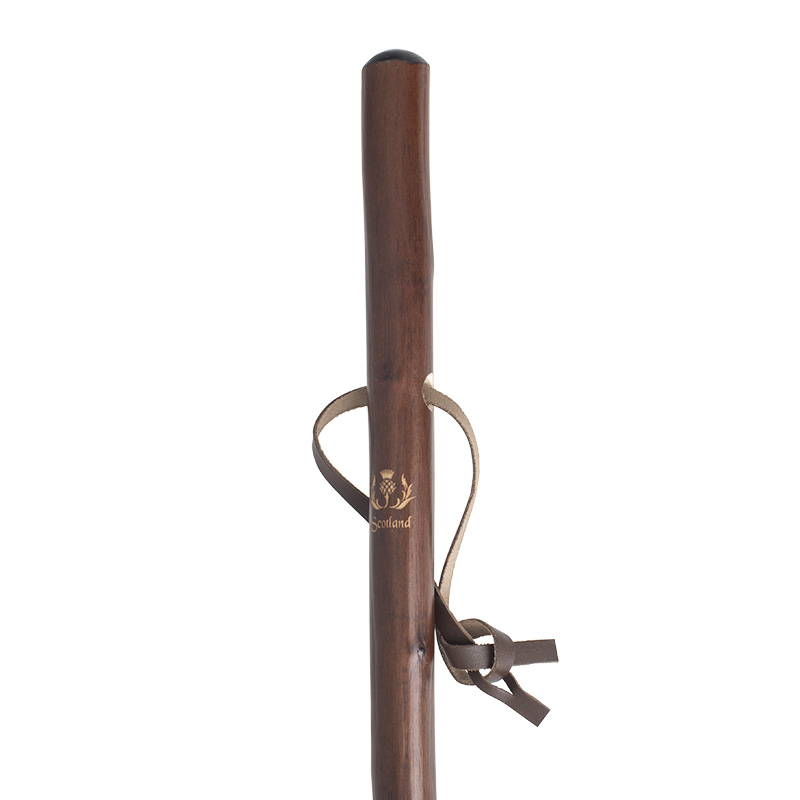
.jpg)
.jpg)
.jpg)
.jpg)
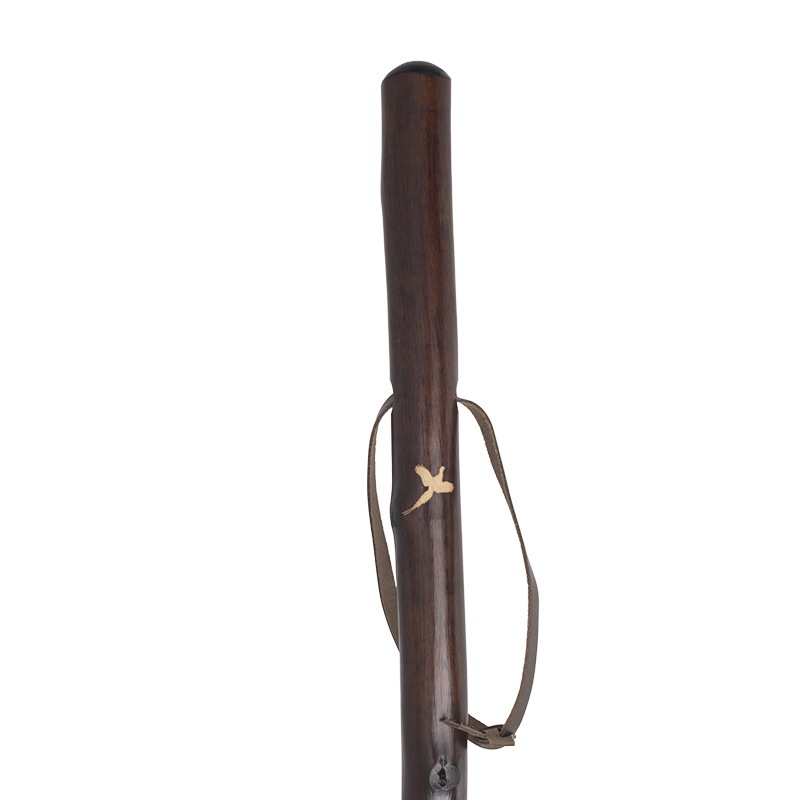
.jpg)
.jpg)
.jpg)
.jpg)
.jpg)
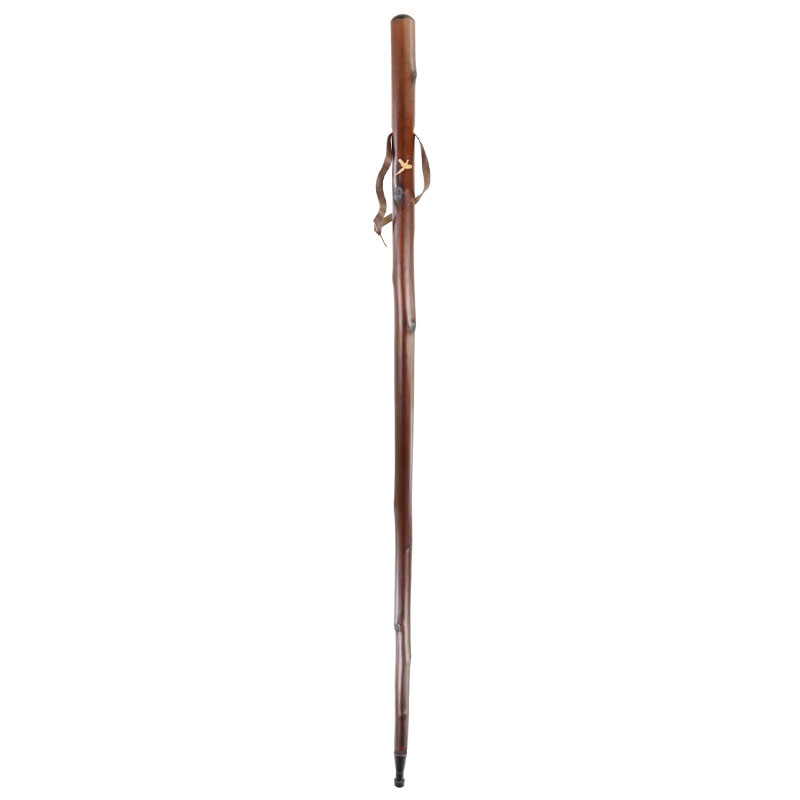
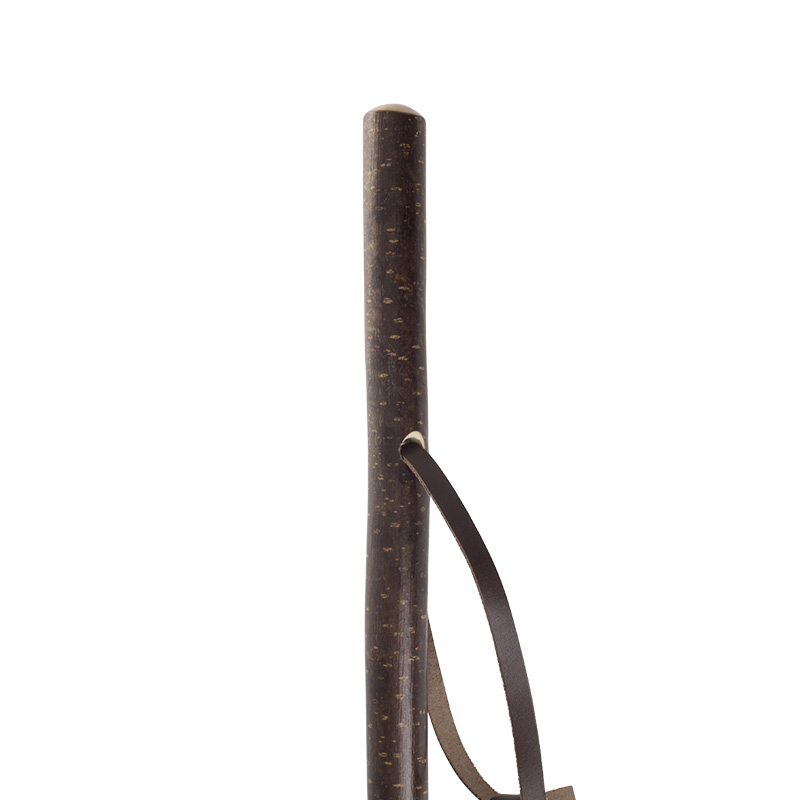
.jpg)
.jpg)
.jpg)
.jpg)
.jpg)
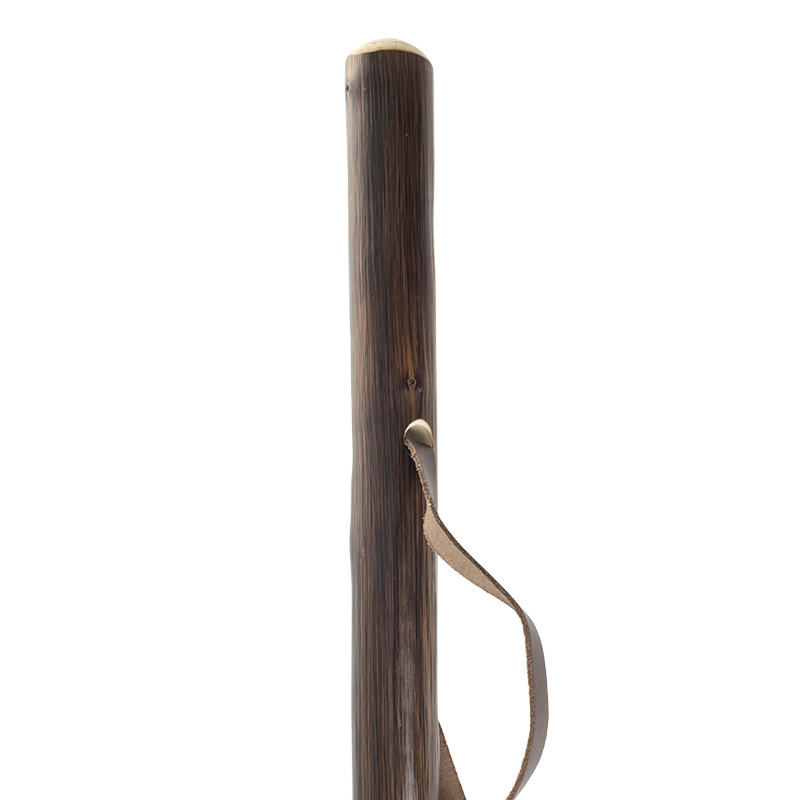
.jpg)
.jpg)
.jpg)
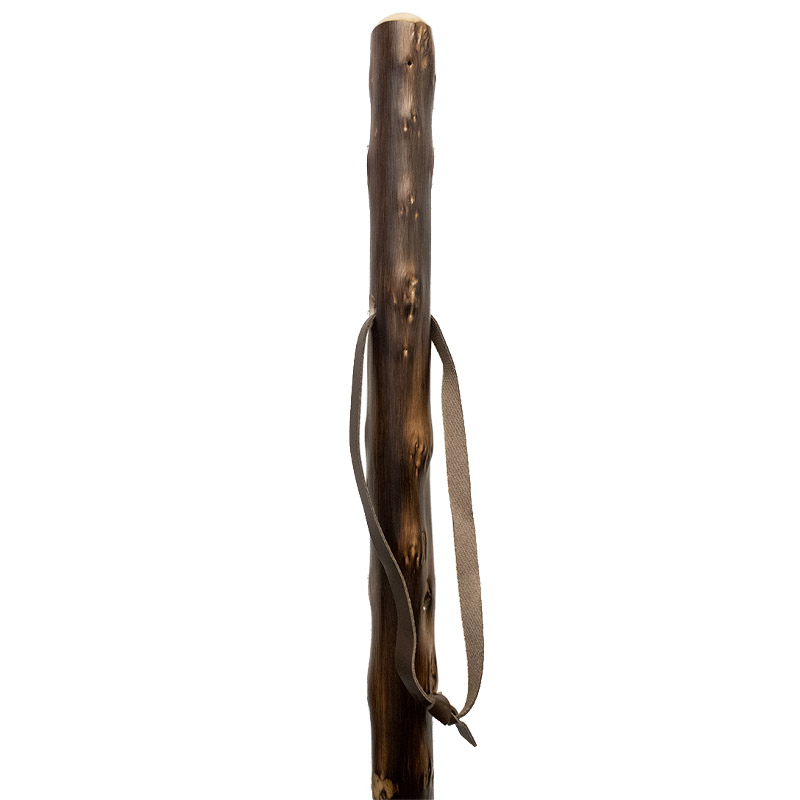
.jpg)
.jpg)
.jpg)
.jpg)
.jpg)
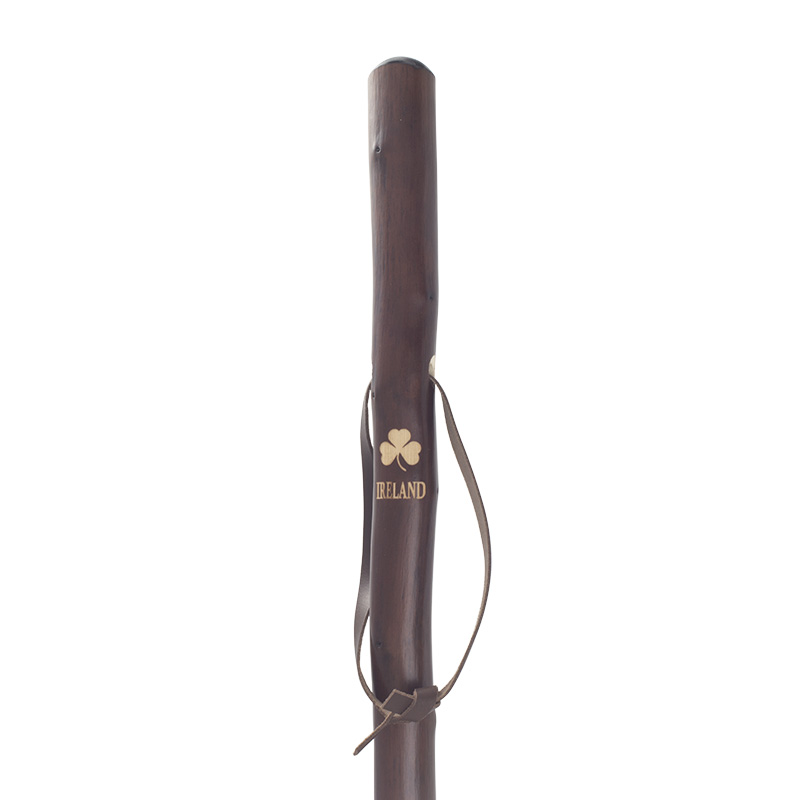
.jpg)
.jpg)
.jpg)
.jpg)
.jpg)
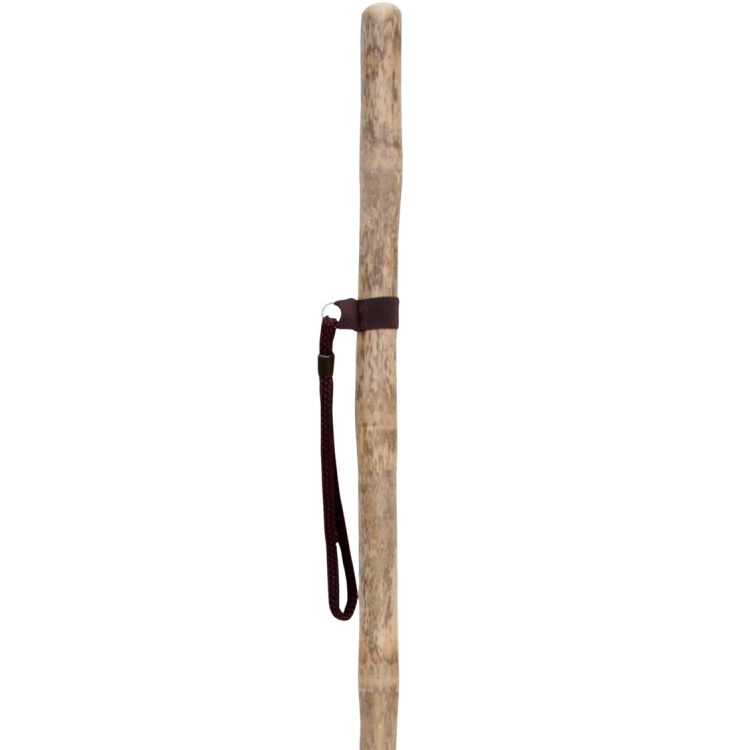
.jpg)
.jpg)
.jpg)
.jpg)
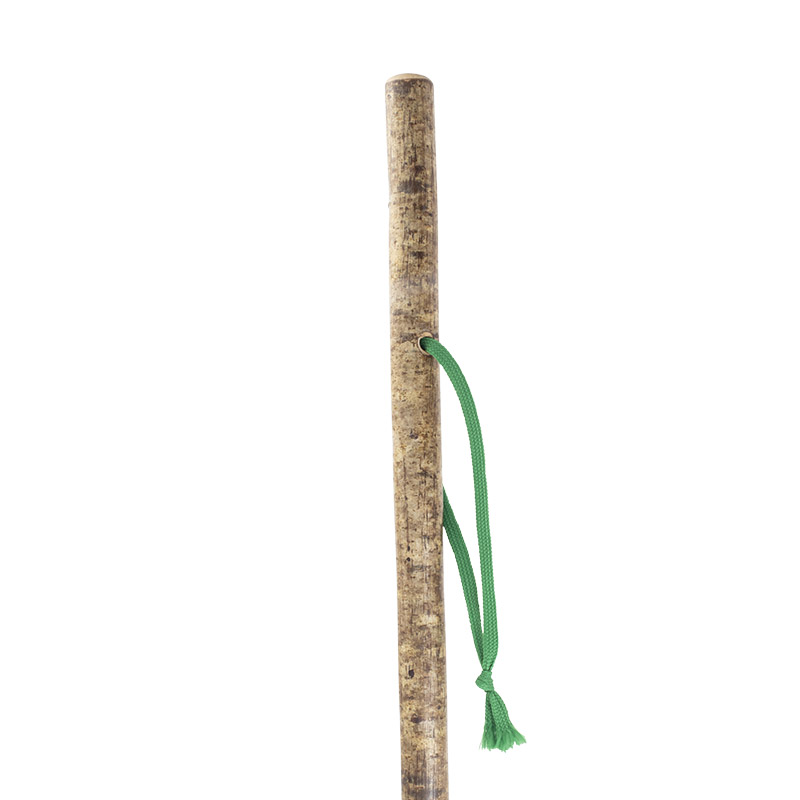
.jpg)
.jpg)
.jpg)
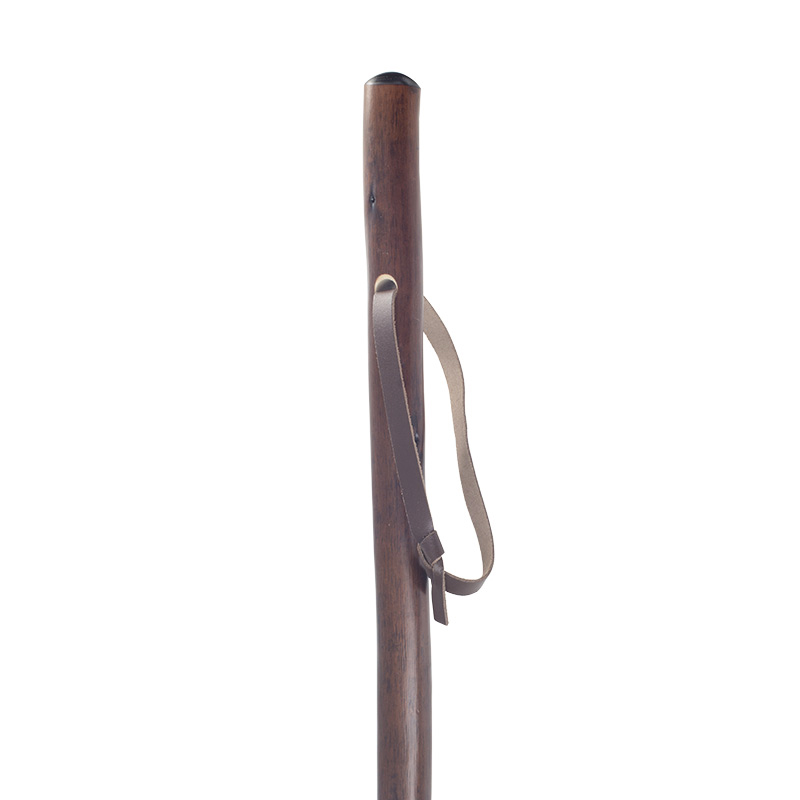
.jpg)
.jpg)
.jpg)
.jpg)
.jpg)
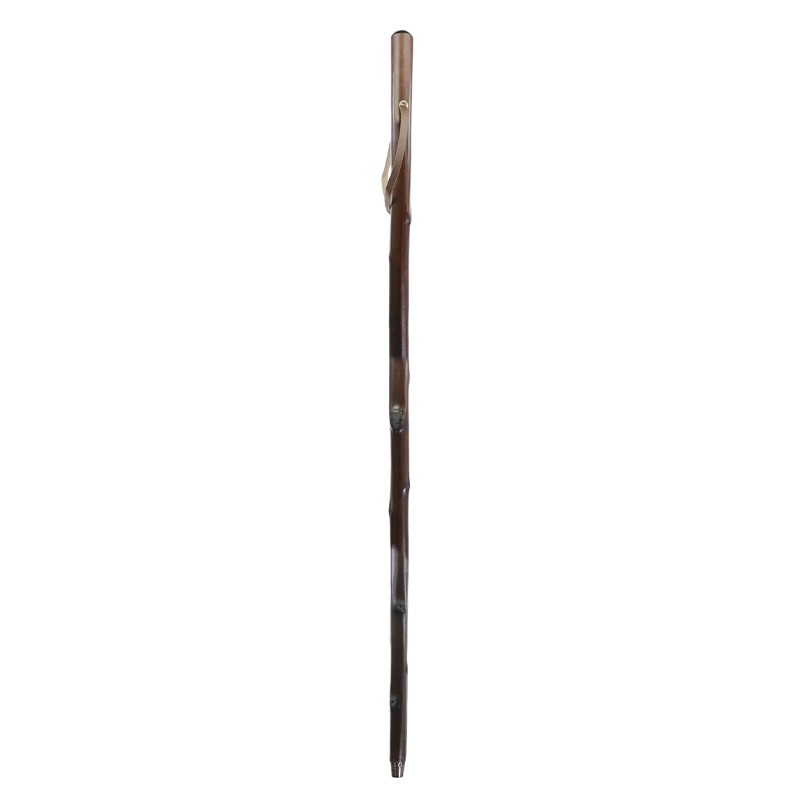
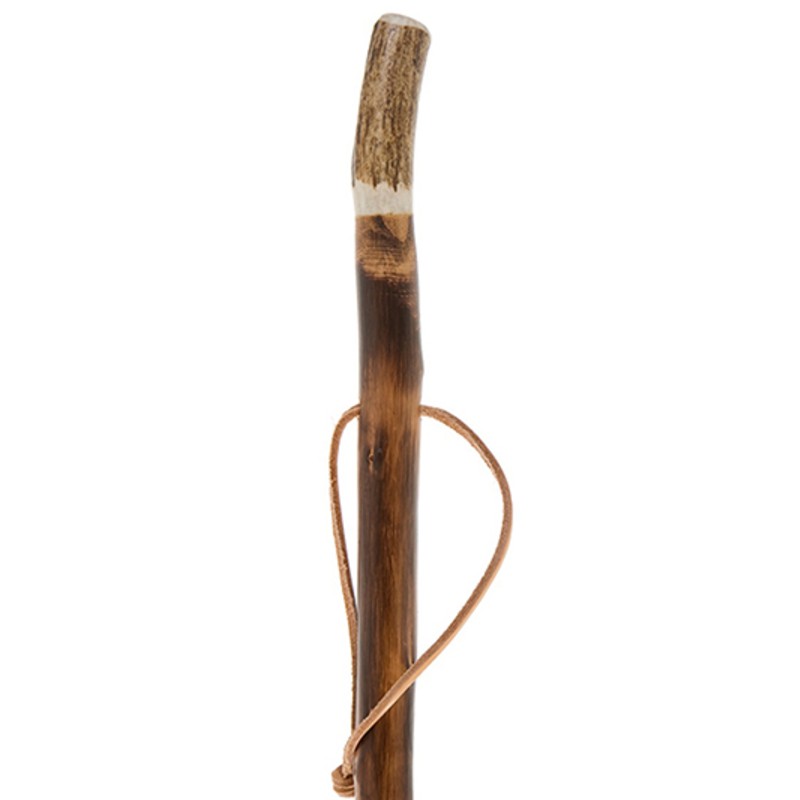
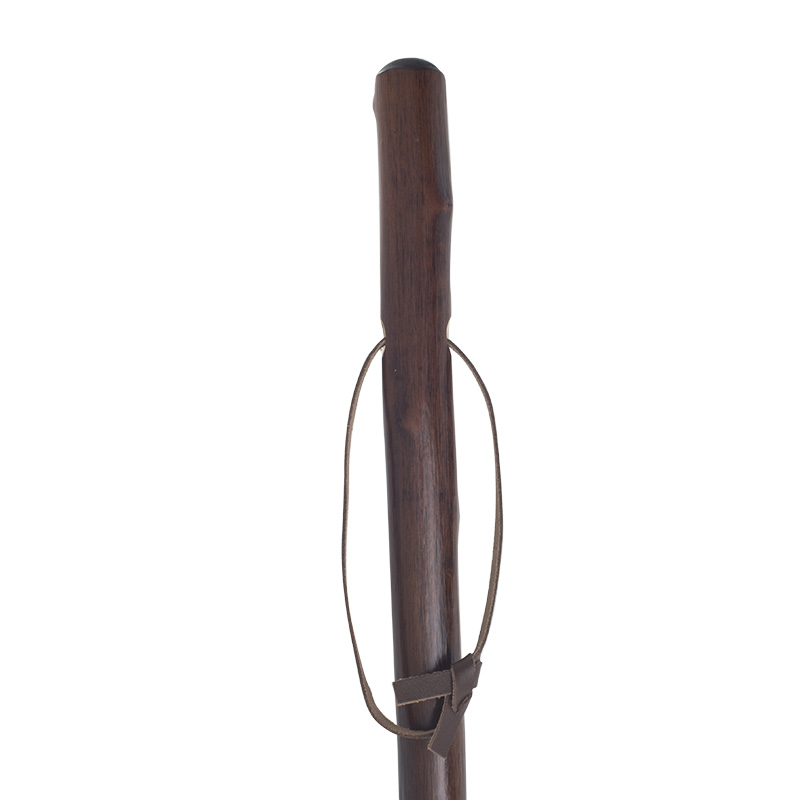
.jpg)
.jpg)
.jpg)
.jpg)
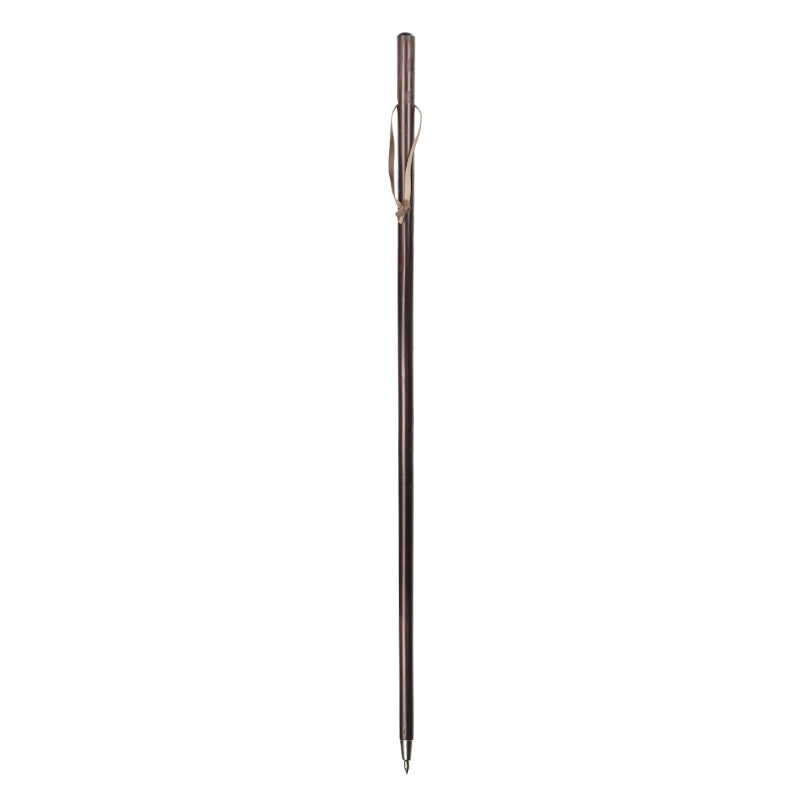
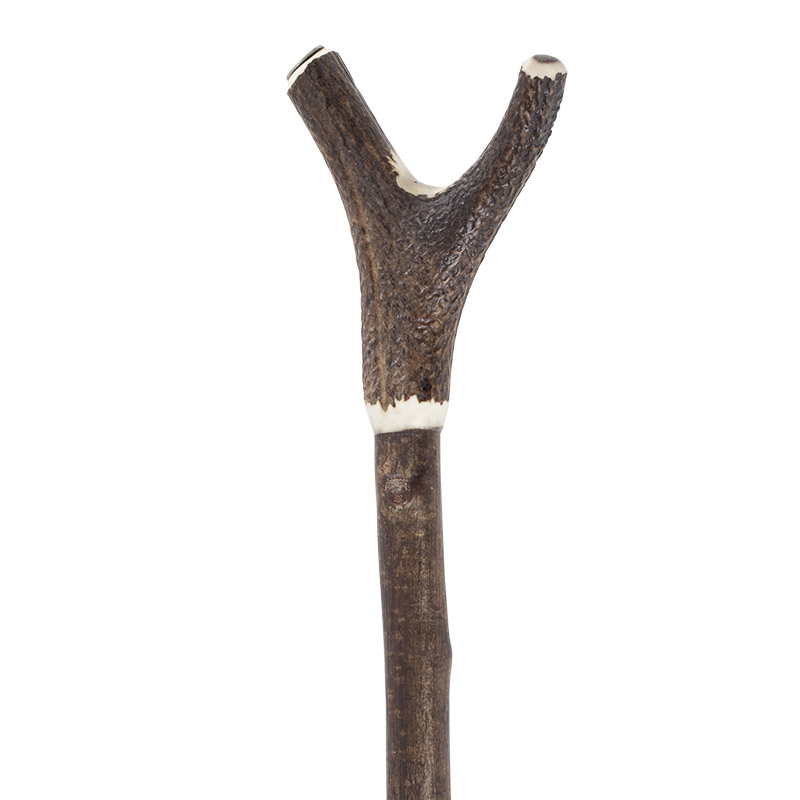
.jpg)
.jpg)
.jpg)
.jpg)
.jpg)
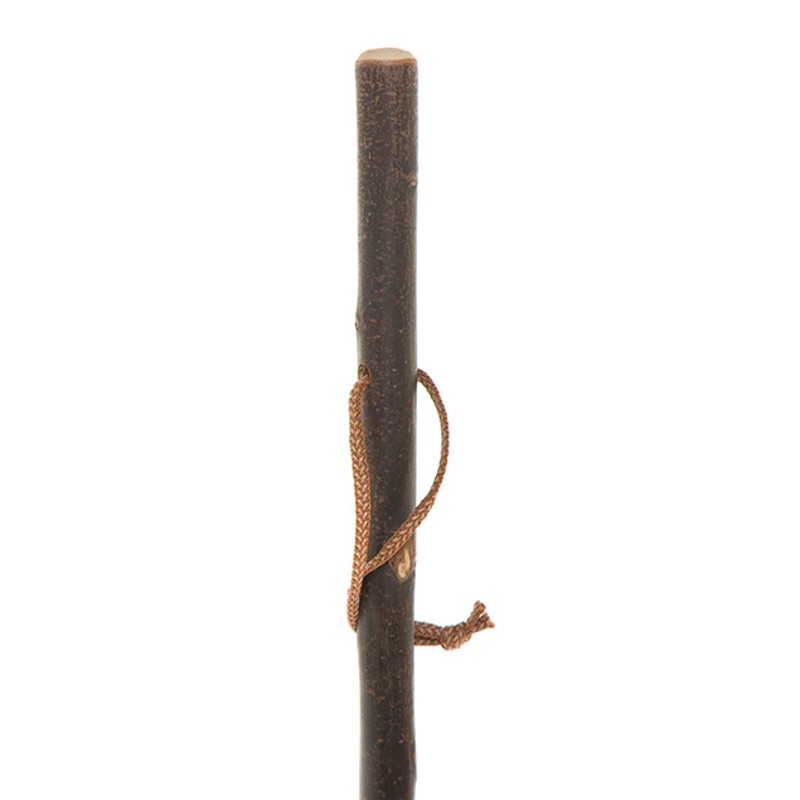
.jpg)
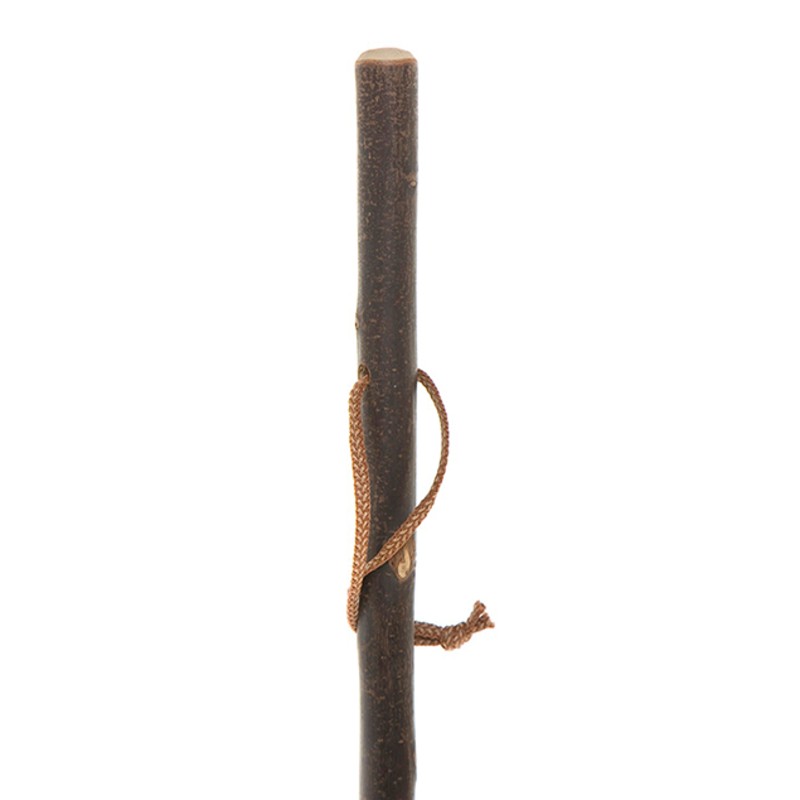
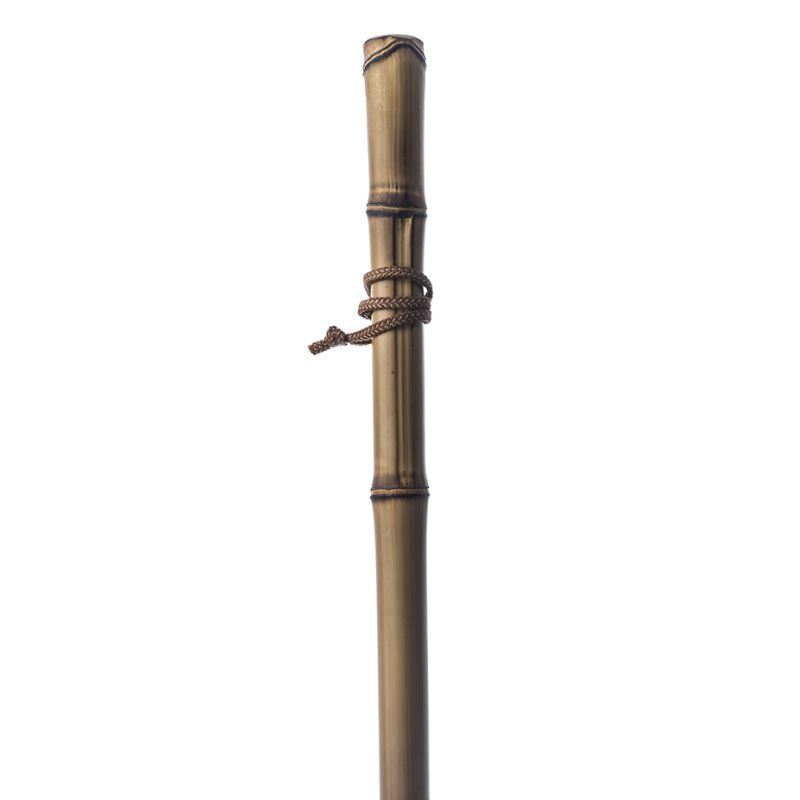
.jpg)
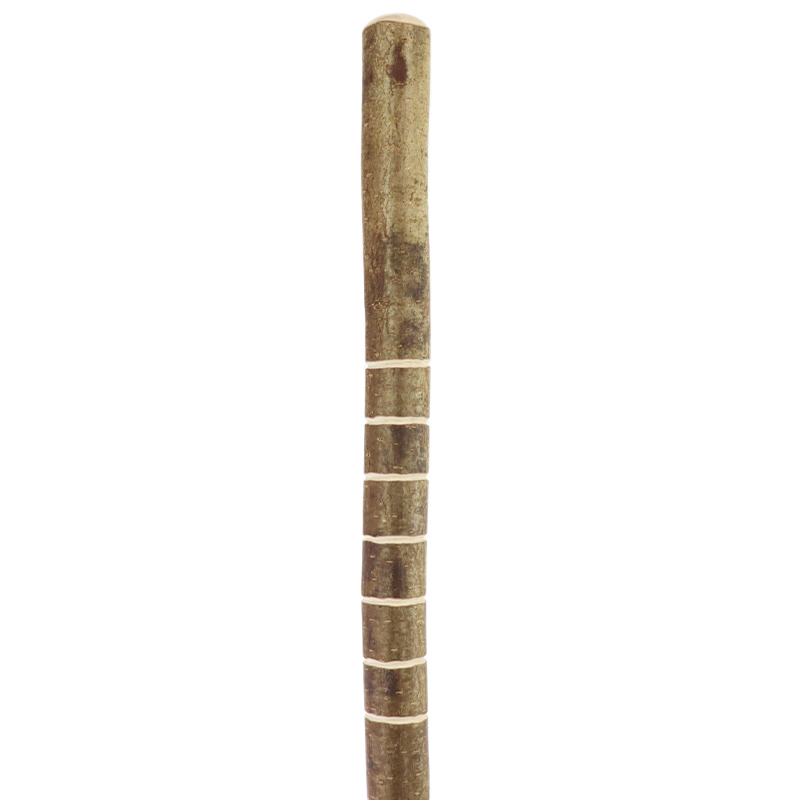
.jpg)
.jpg)
.jpg)
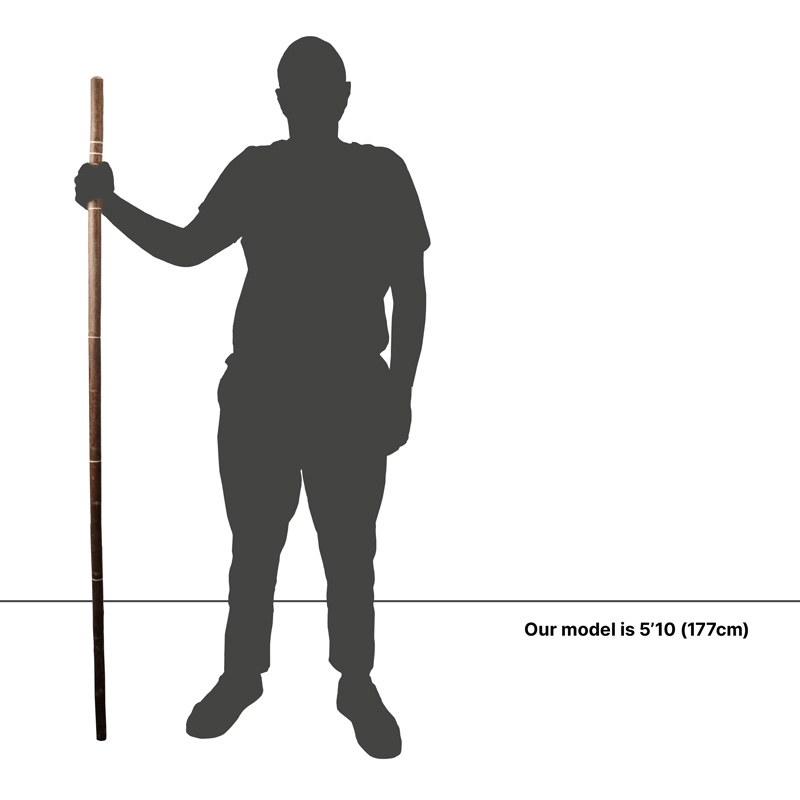
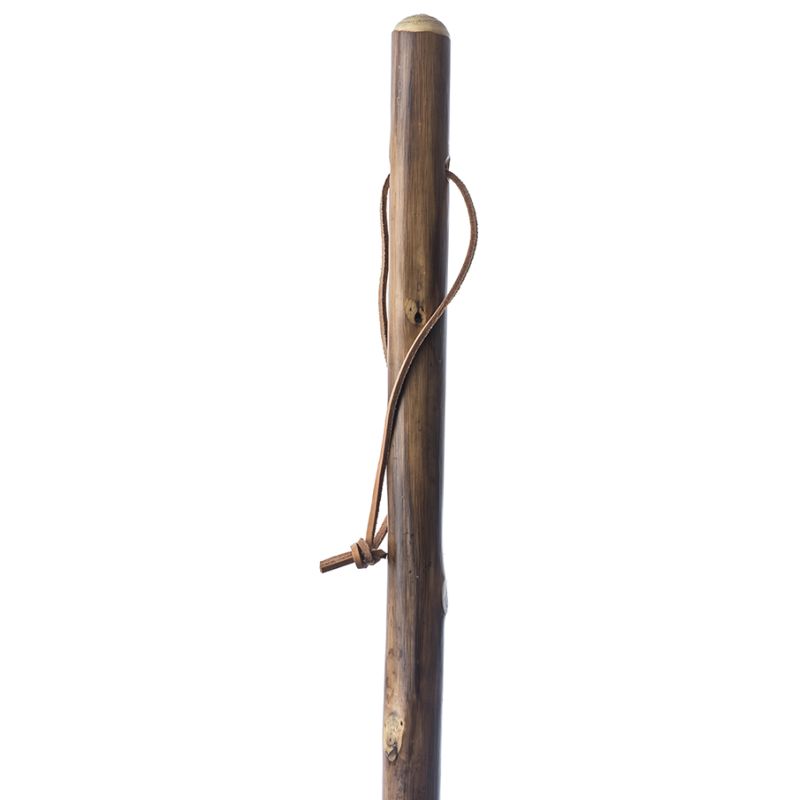

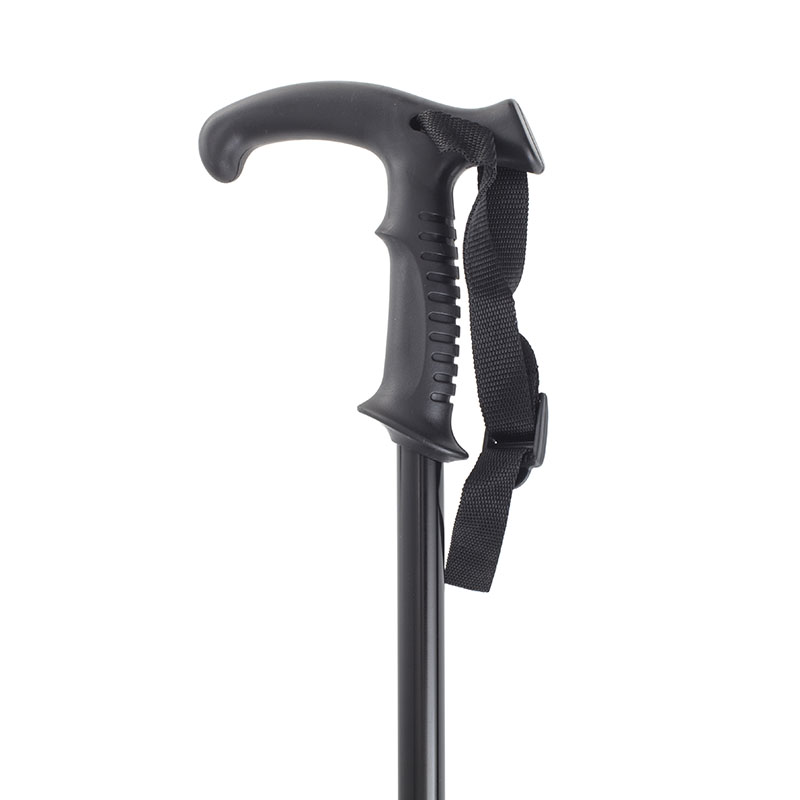
.jpg)
.jpg)
.jpg)
.jpg)
.jpg)
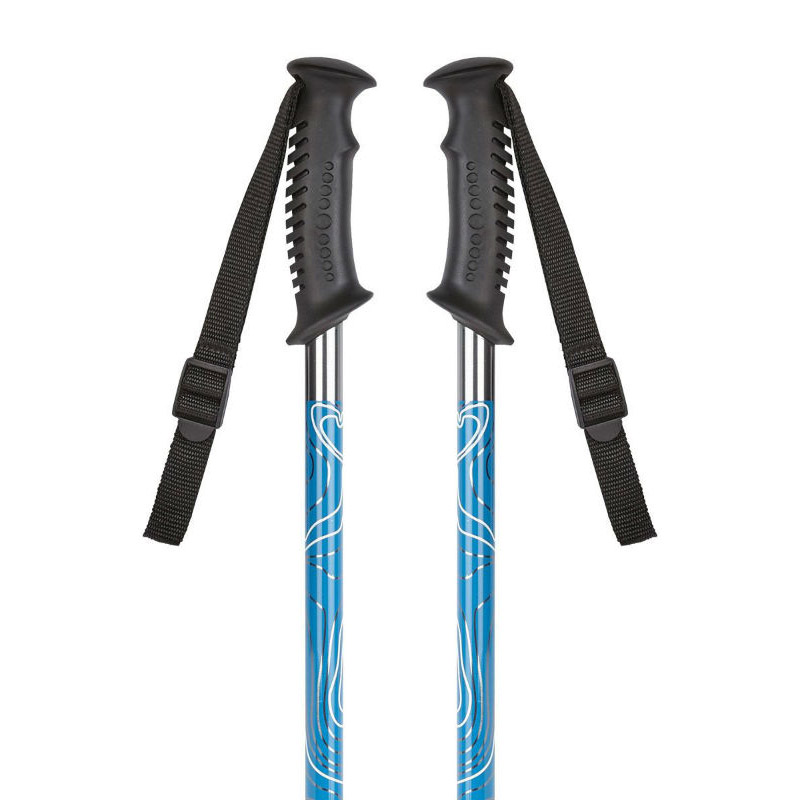
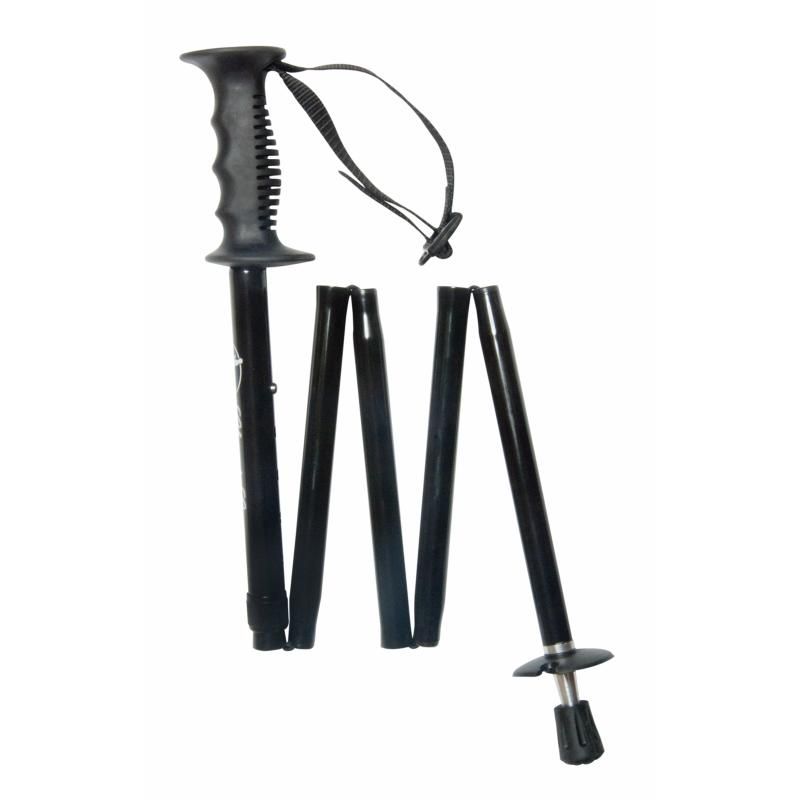
.jpg)
.jpg)
.jpg)
.jpg)
.jpg)